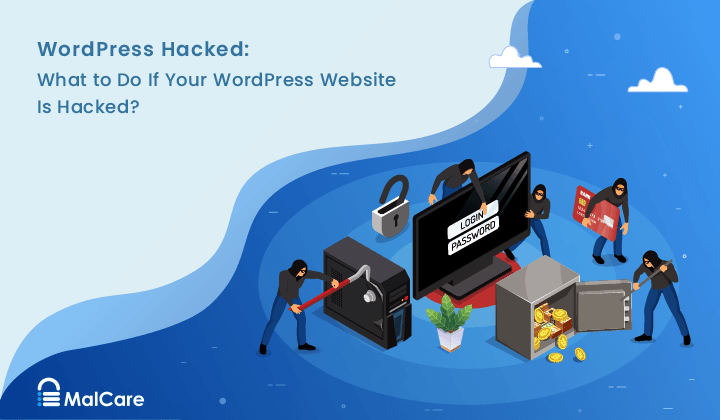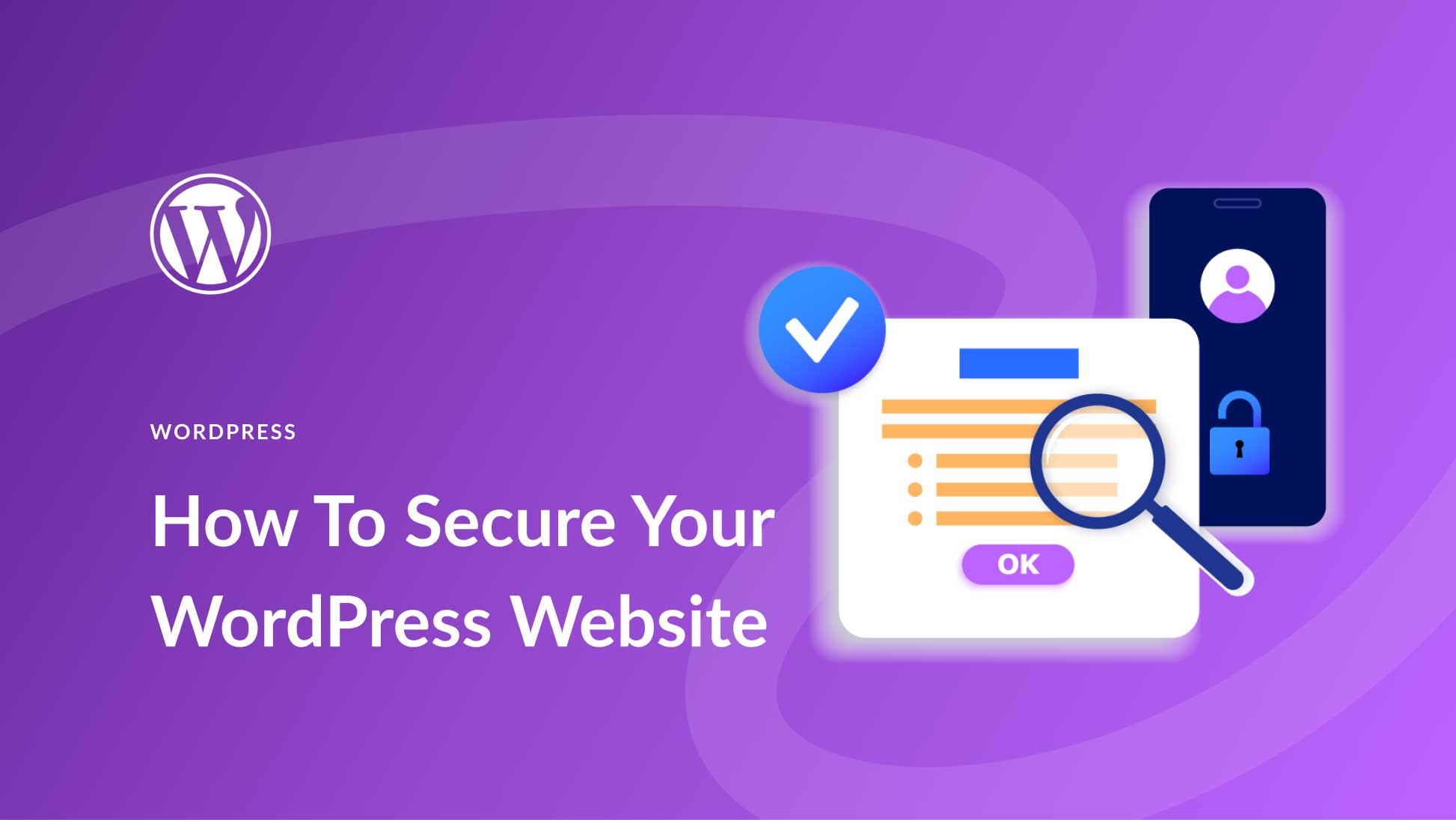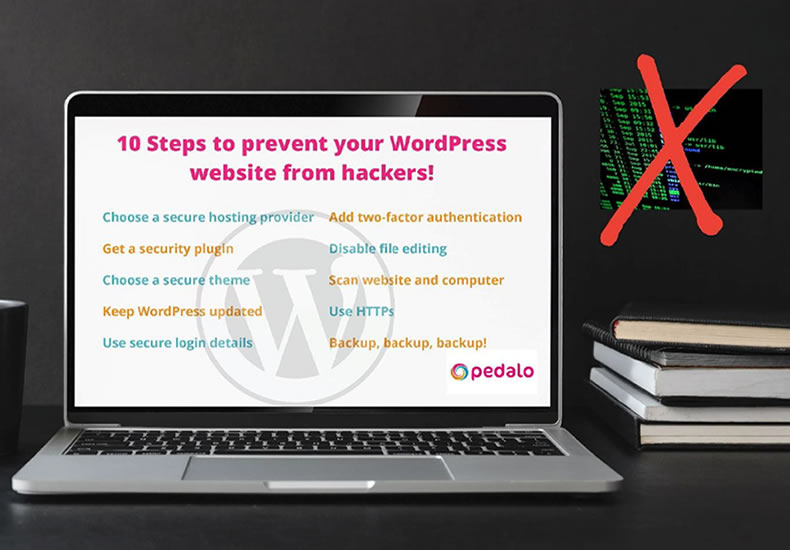To secure your WordPress theme, use strong passwords and keep your theme and plugins updated. Regularly back up your website.
Securing your WordPress theme is crucial to protect your website from hacks. Hackers often exploit outdated themes and plugins to gain unauthorized access. Using strong, unique passwords for your admin account adds an essential layer of security. Regular updates for your theme and plugins ensure you have the latest security patches.
Backing up your website frequently ensures you can restore your data if an attack occurs. Employing a reputable security plugin can also provide additional protection. By taking these steps, you can significantly reduce the risk of your WordPress theme being compromised.
Importance Of Security
Securing your WordPress theme is essential. Hackers can exploit vulnerabilities. This can lead to data loss or website damage. Protecting your theme ensures a safe user experience. It also keeps your data intact and private.
Why Security Matters
Security is crucial for maintaining trust. Users share sensitive data on your site. A hack can breach this data. This can result in losing users’ trust. It can also harm your brand’s reputation. Ensuring security helps build credibility.
Common Threats
Understanding common threats is key. Here are some frequent issues:
- Malware: Malicious software that can steal data.
- SQL Injections: Attackers can manipulate your database.
- Brute Force Attacks: Hackers try multiple passwords to gain access.
- Cross-Site Scripting (XSS): Injecting malicious scripts into your site.
- Outdated Themes: Old themes can have vulnerabilities.
| Threat | Description |
|---|---|
| Malware | Malicious software that can steal data. |
| SQL Injections | Attackers can manipulate your database. |
| Brute Force Attacks | Hackers try multiple passwords to gain access. |
| Cross-Site Scripting (XSS) | Injecting malicious scripts into your site. |
| Outdated Themes | Old themes can have vulnerabilities. |
Implementing security measures is essential. It helps to protect your WordPress theme. Use strong passwords and keep your themes updated. Regularly scan for malware. Always backup your data to prevent loss.

Choosing A Secure Theme
Choosing a secure WordPress theme is crucial to protect your website. A secure theme keeps your site safe from hackers and malware. It also ensures smooth performance and a good user experience.
Trusted Sources
Always select themes from trusted sources. Reliable websites include the official WordPress theme repository and well-known theme developers. Trusted sources offer themes that are tested and reviewed.
Here are some trusted sources:
- WordPress.org
- ThemeForest
- Elegant Themes
- StudioPress
Using themes from these sources reduces the risk of security issues.
Regular Updates
Ensure your theme receives regular updates. Updated themes fix bugs and vulnerabilities. They also improve compatibility with the latest WordPress version.
Check the theme’s update history before installing. A good theme should have recent updates.
Here is a sample table of theme update frequency:
| Theme Name | Last Update | Update Frequency |
|---|---|---|
| Theme A | 1 week ago | Monthly |
| Theme B | 2 months ago | Quarterly |
| Theme C | 6 months ago | Annually |
The table shows how often themes get updates. Choose themes with frequent updates for better security.
Strong Passwords
Strong passwords are essential for securing your WordPress theme from hacks. Weak passwords make it easy for hackers to access your site. Use strong passwords to protect your content and data.
Creating Strong Passwords
Creating strong passwords is the first step to securing your WordPress theme. A strong password should be at least 12 characters long. It should include a mix of:
- Uppercase letters
- Lowercase letters
- Numbers
- Special characters (e.g., !, @, #, $)
Do not use common words or easily guessable information. Avoid using your name, birthdate, or simple sequences like “1234”.
Password Management Tools
Managing strong passwords can be challenging. Use password management tools to help. These tools can generate and store complex passwords for you.
Here are some popular password management tools:
| Tool | Features |
|---|---|
| LastPass | Stores passwords, generates strong passwords, auto-fills login forms. |
| 1Password | Securely stores passwords, generates strong passwords, supports multiple devices. |
| Dashlane | Stores passwords, generates strong passwords, provides security alerts. |
Using these tools can make it easier to manage complex passwords. This helps keep your WordPress theme secure.

Regular Backups
Regular backups are crucial to secure your WordPress theme from hacks. If your site gets hacked, you can restore it quickly with a backup. Let’s explore effective strategies and recommended plugins for regular backups.
Backup Strategies
Implementing a robust backup strategy ensures your data is safe and recoverable. Here are some common backup strategies:
- Full Backups: This includes all files, databases, and settings. It’s comprehensive but requires more storage.
- Incremental Backups: Only backs up changes made since the last backup. Saves storage and time.
- Differential Backups: Similar to incremental but includes changes made since the last full backup. Balances storage and recovery time.
Recommended Plugins
Using plugins simplifies the backup process. Here are some recommended plugins:
| Plugin | Features | Cost |
|---|---|---|
| UpdraftPlus | Automated backups, cloud storage, easy restoration | Free/Premium |
| BackupBuddy | Full backups, migration, scheduling | Premium |
| VaultPress | Real-time backups, malware scanning | Subscription |
UpdraftPlus offers automated backups and easy restoration. It supports various cloud storage options. BackupBuddy provides full backups and migration tools. It also allows scheduling. VaultPress provides real-time backups and malware scanning. It requires a subscription but offers excellent security.
Keeping WordPress Updated
Keeping your WordPress updated is key to security. Updates fix bugs and vulnerabilities. These updates also improve performance and add new features. Keeping your WordPress theme updated helps protect it from hacks.
Automatic Updates
Automatic updates save time and effort. WordPress offers automatic updates for minor releases. To enable automatic updates for major releases, add the following code to your wp-config.php file:
define( 'WP_AUTO_UPDATE_CORE', true );Automatic updates ensure your site stays current without manual intervention. This reduces the risk of hacks.
Manual Updates
Manual updates give you control over the update process. Follow these steps to manually update your WordPress:
- Backup your site.
- Deactivate all plugins.
- Download the latest version from the WordPress website.
- Extract the downloaded files.
- Upload the new files to your server via FTP.
- Reactivate your plugins.
Manual updates ensure you are aware of any changes. This helps you monitor your site’s performance and security.

Using Security Plugins
Securing your WordPress theme is crucial. One effective way is using security plugins. These plugins help safeguard your site from various threats. They offer features like malware scanning, firewall protection, and more.
Top Security Plugins
Choosing the right security plugin is vital. Here are some top options:
- Wordfence Security: Offers a firewall and malware scanner.
- Sucuri Security: Provides security activity auditing, malware scanning, and more.
- iThemes Security: Protects against brute force attacks, scans for vulnerabilities.
- All In One WP Security & Firewall: Comprehensive security plugin with firewall features.
Configuring Plugins
Properly configuring your security plugins ensures maximum protection. Follow these steps:
- Install the Plugin: Go to your WordPress dashboard. Navigate to Plugins > Add New. Search for your chosen plugin and click Install Now.
- Activate the Plugin: Once installed, click Activate.
- Initial Setup: Follow the plugin’s setup wizard. This usually involves basic configurations like setting up a firewall, enabling malware scans, and more.
- Advanced Settings: Explore advanced settings for added security. This includes enabling two-factor authentication, setting login limits, and configuring file permissions.
- Regular Scans: Schedule regular malware scans. This ensures your site remains clean and secure.
Using security plugins is a simple yet effective way to protect your WordPress theme. Ensure you choose the right plugin and configure it properly for the best results.
Secure Hosting
Choosing a secure hosting provider is crucial for protecting your WordPress site. A good host can prevent many security issues. This helps keep your site safe from hackers.
Choosing Secure Hosting
Picking a secure host involves looking at several factors. Here are some tips to help you choose:
- Look for hosts with strong security measures.
- Choose providers with 24/7 support.
- Ensure the host offers regular backups.
Another key factor is the host’s reputation. Check reviews and ratings. A reliable host will have good feedback from users.
Additional Security Features
Secure hosting should also offer extra security features. These features add more layers of protection to your site. Here are some features to look for:
| Feature | Description |
|---|---|
| SSL Certificates | Encrypts data between the user and the server. |
| Firewall Protection | Blocks unauthorized access to your site. |
| Malware Scanning | Checks for malicious code and removes it. |
| DDoS Protection | Prevents attacks that can crash your site. |
These features help protect your WordPress theme from hacks. Always check if your host provides these security tools.
Monitoring And Auditing
Monitoring and auditing your WordPress theme are key to keeping it secure. Regular checks can help you catch issues before they become big problems. Here, we’ll discuss two essential practices: Activity Logs and Regular Audits.
Activity Logs
Activity logs help track changes on your WordPress site. They record who did what and when. This information is critical for identifying suspicious activities.
- Track User Actions: Log every login, logout, and post edit.
- Monitor Changes: Keep an eye on plugin installations and updates.
- Detect Anomalies: Spot unusual actions that could indicate a hack.
Use plugins like WP Activity Log to automate this process. These plugins make it easy to monitor your site without manual effort.
Regular Audits
Regular audits can uncover hidden vulnerabilities in your theme. These checks ensure everything is running as it should.
- Scan for Malware: Use tools to detect malicious code.
- Check File Integrity: Compare current files with original versions.
- Review User Permissions: Ensure users have appropriate access levels.
Auditing your theme can be done using plugins like Wordfence or iThemes Security. These tools simplify the auditing process and provide detailed reports.
In summary, keeping a close eye on activity logs and performing regular audits are crucial for a secure WordPress theme. Implementing these steps can significantly reduce the risk of hacks.
Frequently Asked Questions
How Do I Protect My WordPress Theme From Hacks?
To protect your WordPress theme, keep it updated regularly. Use strong passwords and reliable security plugins. Always download themes from trusted sources.
What Are The Best Security Plugins For WordPress?
Top security plugins include Wordfence, Sucuri, and iThemes Security. These plugins offer comprehensive protection, from malware scanning to firewall protection.
How Often Should I Update My WordPress Theme?
Update your WordPress theme as soon as new updates are available. Regular updates fix vulnerabilities and improve security features.
Can Using Nulled Themes Harm My Site?
Yes, nulled themes can harm your site. They often contain malware and backdoors. Always use themes from trusted sources.
Conclusion
Securing your WordPress theme is crucial for website safety. Implement strong passwords, regular updates, and trusted plugins. Regular backups and monitoring add extra layers of protection. Prioritize security to keep your site safe from hacks. Follow these steps to ensure a secure and reliable WordPress experience.
Stay vigilant and proactive in maintaining your website’s security.
